School Science Review collection for trainees and NQTs

Published quarterly, SSR includes a diverse collection of peer-reviewed articles, on topics ranging from astronomy to polar bonds, from bioethics education to writing up experiments co-operatively, from reviews of science education developments to using football and tennis as a context for physics.
With the challenges presented by the current coronavirus pandemic, our field officers have put together a collection of eight key SSR articles to help trainees and newly qualified teachers continue their pedagogical development at this difficult time. This collection illustrates the range of articles that are regularly published in the journal including the exploration of classroom learning, subject-specific curriculum thinking, write-ups of ASE conference sessions, reports on science education research projects and in-depth explorations of science education thinking.
Whatever the aims of your CPD reading there is something for everyone, from those looking to improve subject understanding and practical expertise to those wishing to delve more deeply into evidence-informed practice and science education writing.
If you enjoy these articles and would like gain access to archival and upcoming issues of our journals, such as School Science Review, please consider joining the ASE for as little as £24 for your first year of trainee membership as part of our 3 year plan.
Using birdsong to support the teaching of sound and graphs
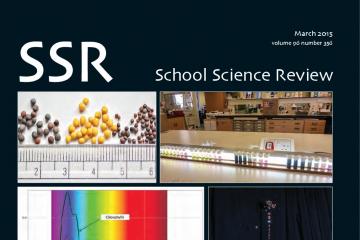
by James de Winter
(March 2015 vol 96 number 356 p51-57)
The teaching of sound and associated concepts such as pitch, frequency and amplitude is often done with demonstrations using a signal generator, a loudspeaker and an oscilloscope. While these provide control over the sounds themselves and provide a way to visualise the sounds, the complexity of the equipment often causes confusion.
Common birdsongs that students may be familiar with can provide an alternative way to introduce these concepts. Here, an approach to teaching sound using birdsong is explored using the sonogram as a tool to support students’ understanding of these ideas.
Catalase activity in immobilised yeast
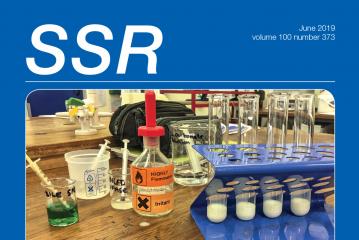
by Kate Andrews, Paul Beaumont and Margaret Louis
(June 2019 vol 100 number 373 p13-16)
The authors, from the Scottish Schools Education Research Centre (SSERC), describe an experimental system, based on previously published work, in which the catalase activity of immobilised yeast is measured.
They have adapted the protocol and developed it in a way that allows its use in investigative work to support national qualifications at both National 5 and Higher in biology in Scotland. Teacher feedback indicates that the protocol will become widely used.
Using waste and recycling as a way in to the periodic table
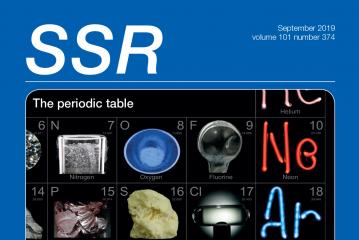
by Keith Ross
(September 2019 vol 101 number 374 p47-50)
The periodic table is for elements, but can we make sense of the millions of compounds in our environment? The answer explained here is to classify them according to their physical properties, the same properties we use when we recycle – metals, ceramics (glass), plastic and organic waste, paper, plus the volatile waste we send up the chimney or down the drain. Add in ionic substances like ash and we have just five different sorts of compound.
We find the same five groups when we look at the ways elements bond. Forget classifying substances into solid, liquid or gas and go, instead, for these five types: metals, ceramics, life polymers (both biodegradable and plastics), volatile and ionic, and learn about elements and compounds from the things we throw away.
Sweet sustainable science
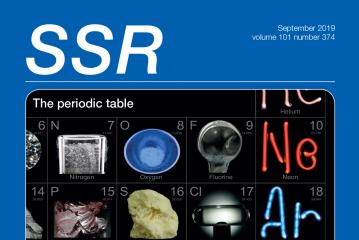
by Sam Holyman and Kaarin Goodburn
(September 2019 vol 101 number 374 p12-14)
The Chilled Food Association has teamed up with a leading science teacher and author to develop hands-on activities to bridge between traditional science teaching and food science. Each activity is linked to the science National Curriculum in England, as well as the GCSE specifications in science and food science.
The suite of activities explores sustainability in packaging, while using food to model science concepts as well as completing low-cost, low-risk alternatives to more traditional science experiments.
How heavy is your pet dinosaur?
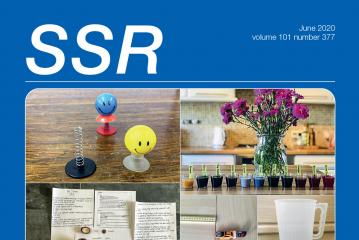
by Mark David Walker
(June 2020 vol 101 number 377 p45-49)
How heavy is your pet Tyrannosaurus rex? Accurately ascertaining the mass of a large carnivorous dinosaur is a challenging task for most students. Here, a simple method using model dinosaurs and some straightforward mathematics is provided. This is considerably more practical and safer than weighing the living dinosaur itself.
Guidelines for future physics curricula
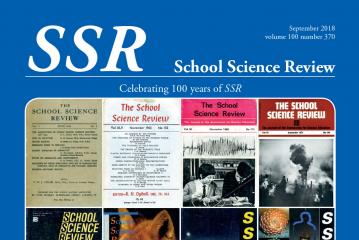
by Charles Tracy
(September 2018 vol 100 number 370 p36-43)
The Institute of Physics curriculum committee has been looking at ways of framing school-level physics so that it gives students a rewarding and productive experience of physics and leaves them with positive views of the discipline and its cultural contribution, as well as lasting and detailed skills, knowledge and understanding.
The result is some guidelines that make explicit the practices and applications of physics and express the destinations and structure of the discipline as a set of big ideas collected into three dimensions. It is our intention to work with stakeholders – especially teachers – to develop some school-level frameworks based on these guidelines.
Towards an ideal chemistry curriculum
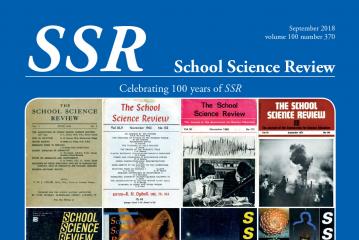
by Danièle Gibney
(September 2018 vol 100 number 370 p30-35)
This article discusses the development by the Royal Society of Chemistry of a framework to provide a relevant and coherent chemistry curriculum for all students. The framework identifies three components that combine to give a rounded view of the discipline. Within the components, ‘big questions’ are used as a curriculum narrative and structure for progression. The big questions are used to select content, ensuring that it is relevant and can be linked to the narrative.
Developing a framework for the biology curriculum
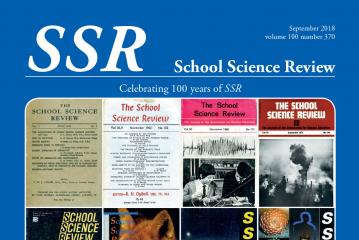
by Lauren McLeod
(September 2018 vol 100 number 370 p23-29)
The Royal Society of Biology is working with the bioscience community, and researchers and practising teachers in the education community, to inform its position on a coherent 5–19 framework to support future biology curriculum development. In this article, examples are given of decisions made regarding learning progressions through 11–16 biology and next steps in developing recommendations for other essential aspects of 11–16 biology.
